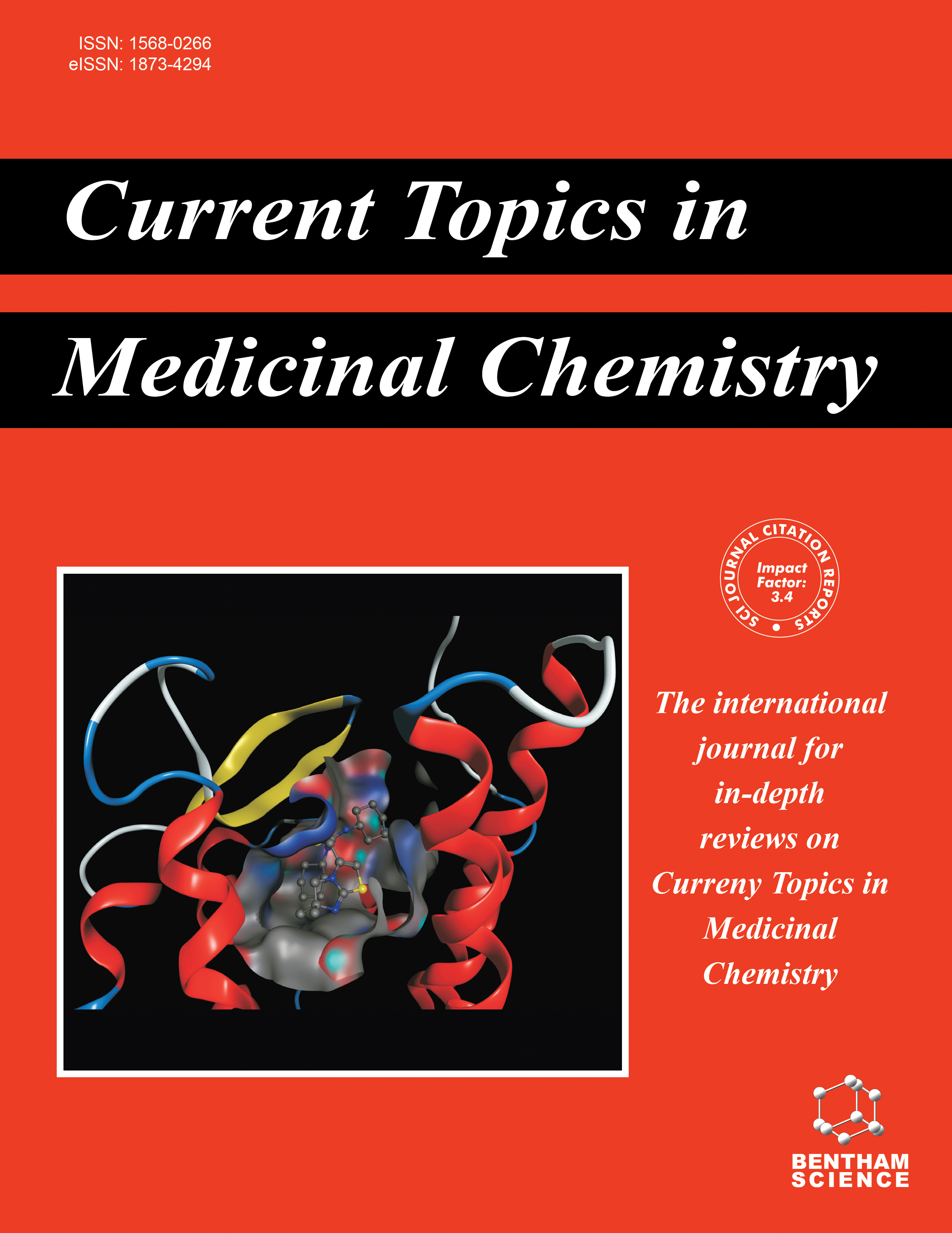
Full text loading...

Neurodegenerative diseases present a considerable challenge to healthcare systems worldwide, prompting the exploration of innovative treatment strategies. Heterocyclic compounds, specifically those originating from the indole and imidazole structures, have garnered increasing interest due to their potential to protect neurons. Based on an in-depth literature survey, this review explores the Structure-Activity Relationship (SAR) and pharmacokinetics to reveal the active pharmacophores of various indole and imidazole analogs. We delve into the underlying molecular and cellular mechanisms involved in neurodegeneration, highlighting how indole and imidazole derivatives exert neuroprotective effects by modulating oxidative stress, inflammation, protein misfolding, inhibiting cholinesterase, and neuroinflammation. Finally, we address the challenges and prospects in translating these findings into clinical therapies, underscoring the need for continued research to optimize the safety and efficacy of heterocyclic compounds in the treatment of neurodegenerative disorders.

Article metrics loading...

Full text loading...
References


Data & Media loading...